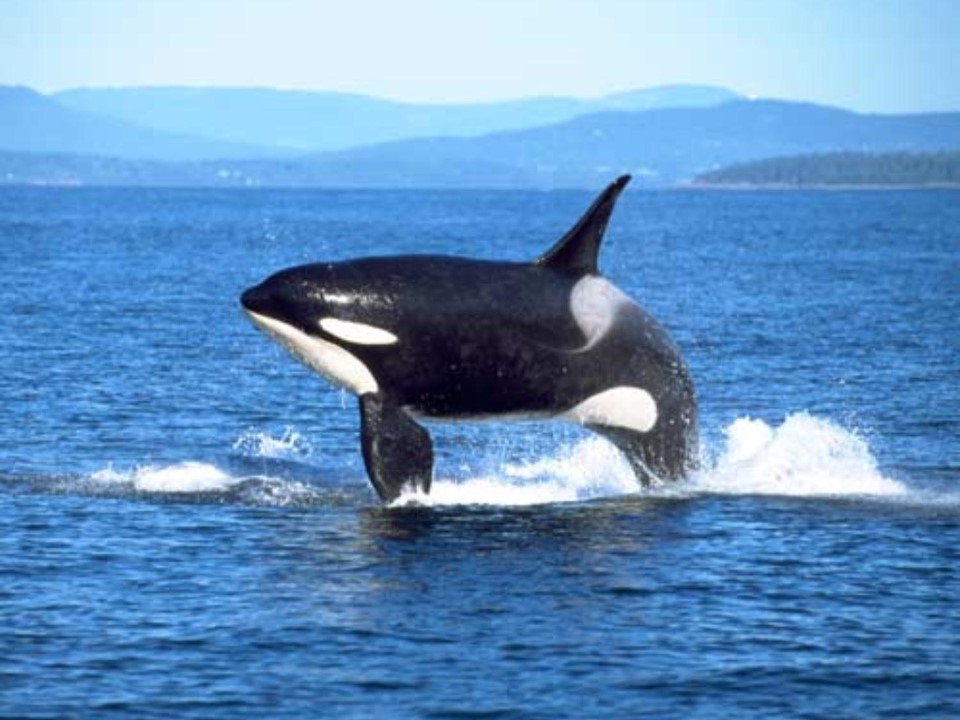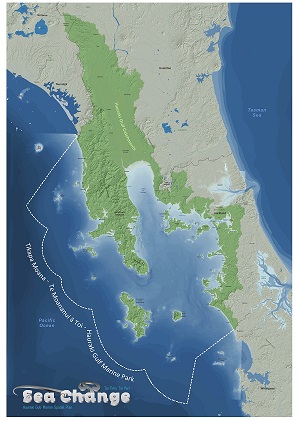|
|
|
|
 |
 |
| SWG Independent Chairman's Update |
|
|
 |
Tēnā koutou
It has been a busy and exciting month. The Stakeholder Working Group (SWG) met at the end of May and is close to finishing work on the water quality and aquaculture chapters for the marine spatial plan. As members discussed during the Hauraki 100+ events held earlier in the month, the plan will only be completed when we have consensus across all of the proposed areas and recommendations. Each of the major topics has overlapping causes and potential solutions, and an integrated approach to all of the issues facing the Hauraki Gulf is needed.
The recommendations are focused on creating a 'sea change' – a real difference to the Hauraki Gulf rather than maintaining business as usual. The health and wellbeing of the Hauraki Gulf and the communities who depend on it, above and below water, are too important for us all not to be taking this challenge on.
SWG members and I have also been meeting with key agency represenatives in Auckland, Hamilton and Wellington. It’s vital to the plan’s successful implementation that central and local government continue to support this collaborative process and the direction of the marine spatial plan. Throughout this project, technical expertise from DoC, MPI, Waikato Regional Council and Auckland Council has been invaluable in ensuring the logic and science behind the SWG’s recommendations are sound.
Thank you to those of you who joined us at the Hauraki 100+ events in Auckland and Thames. We had some valuable discussions and feedback. Please remember, you are very welcome to share your thoughts either directly with SWG members or through the ‘contact us’ button (contact@seachange.org.nz) on the Sea Change – Tai Timu Tai Pari website. You’ll find notes from the two Hauraki 100+ events linked to the story below.
Ngā mihi nui
Paul
Paul Beverley, SWG Independent Chair |
 |
 |
 |
 |
 |
|
 |
 |
|
|
 |
On the agenda this month was working through drafts of the water quality and aquaculture chapters.
Degraded water quality is one of the most concerning and pervasive issues affecting the mauri of the Hauraki Gulf. The most common causes trace back to contaminants that are washed from the land into coastal marine areas through freshwater runoff. These contaminants include sediments, nutrients, heavy metals and microbial pathogens.
Poor water quality impacts on virtually all uses and values associated with the Gulf and a step change in effort is required if the current situation is to be turned around.
The meeting also considered approaches to fisheries issues in the Hauraki Gulf, as well as the interplay with the Government’s proposed recreational fishing park. While there is potential for the two initatives to cut across each other, there is also an opportunity to be mutally supportive to achieve the overarching goals of both. |
 |
|
 |
 |
 |
|
 |
|
|
 |
 |
| How the land lies - it's a cultural perspective |
|
|
 |
|
 MMRG turned the Hauraki Gulf Marine Park map on its head to ‘see how the land lies’ and to see the marine park and the landscape from a cultural perspective. MMRG turned the Hauraki Gulf Marine Park map on its head to ‘see how the land lies’ and to see the marine park and the landscape from a cultural perspective.
It’s this cultural perspective that not only educates but enables the intergenerational transfer of knowledge or mātauranga Māori to be acknowledged. From here Māori make sense of the migratory, legendary and historical stories akin to their stories of mythology and of 'Te Ika-ā-Maui'.
To tell these stories informed by the convention of European maps as we know them today, is to reinterpret the Māori worldview.
To understand the Māori world is to understand the mauri or life-force of the natural environment and to know that without one, the other is lost.
Ironically having the map this way also gives an appreciation of the impacts that tributaries and land use has with regards to literally matter, good and bad, literally flowing into the moana (sea).
|
|
 |
 |
|
 |
 |
| HAURAKI 100+ Events Report |
|
 |
Events were held in Auckland (May 3) and Thames (May 5) to update people on the marine spatial planning discussions and where these are heading. Feedback from those attending was supportive while acknowledging the significant work still to be completed.
A taste of the feedback:
‘It was good to informally talk with most of the roundtable group and to see where they are at. More time needs to be allowed for questions and answers. I personally admire you all for the time commitment given to the spatial plan and would expect a good workable solution that in some way future proofs the park to the steady population growth.’ Phil Clow, commercial fisherman.
Joana Mendonca said of the Thames meeting: ‘I realised having listened to the SWG presentations that it is going to be very important that all the agencies and even the public are on board and that collaboration is definitely the key to creating a change in public behaviour and awareness’.
Click here to read notes from the two sessions. |
 |
 |
|
 |
 |
| Around the Gulf |
|
|
 |
|
Great Mercury Island (Ahuahu) the largest of the Mercury Group islands was recently declared pest free. Click here to read the story.
You might like to check out this Classic boilup too.
|
|
 |
 |
|
 |
|
|
 |
|
|
 |
 |
|
In partnership with mana whenua and the following agencies:
|
 |
|
|
 |
|
|
|





